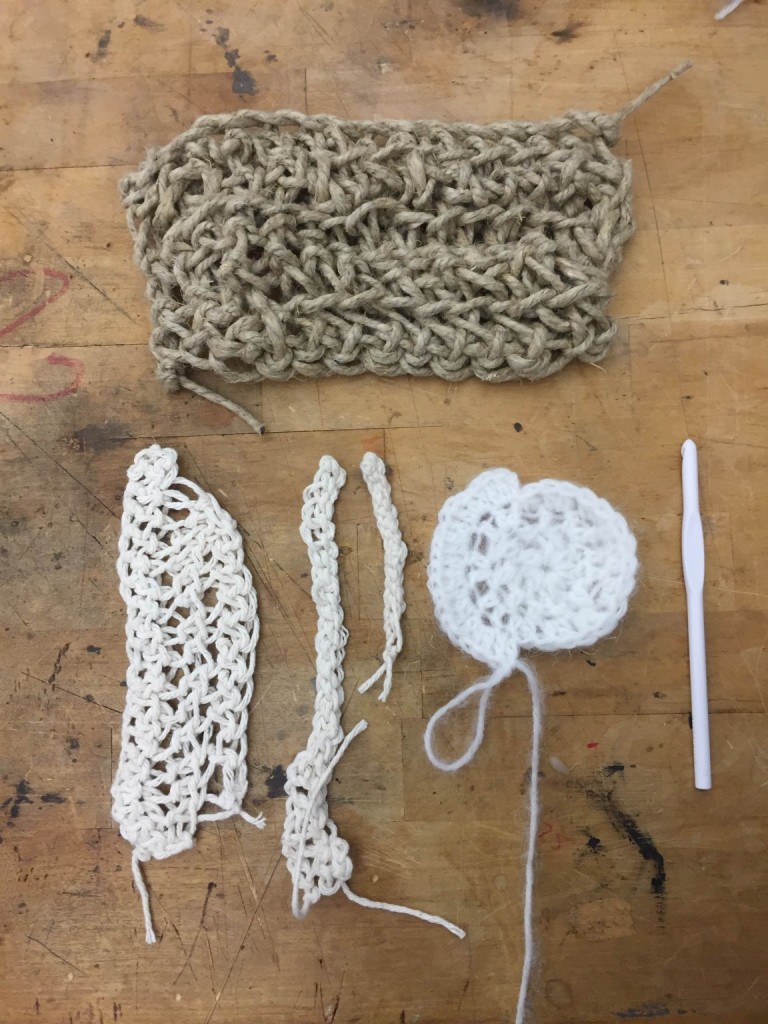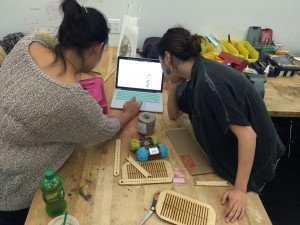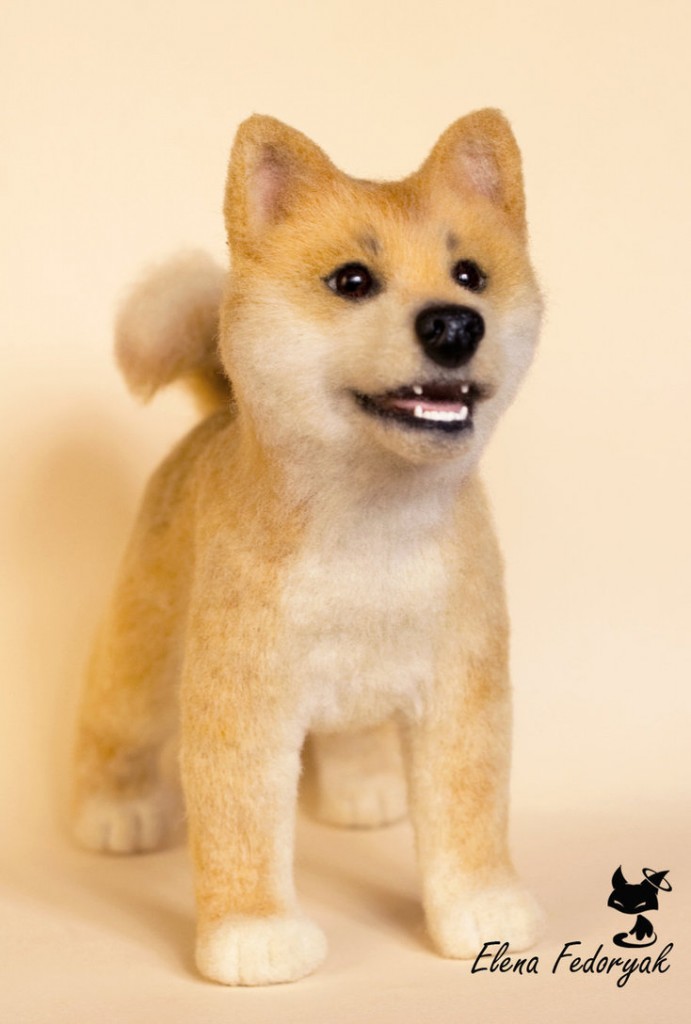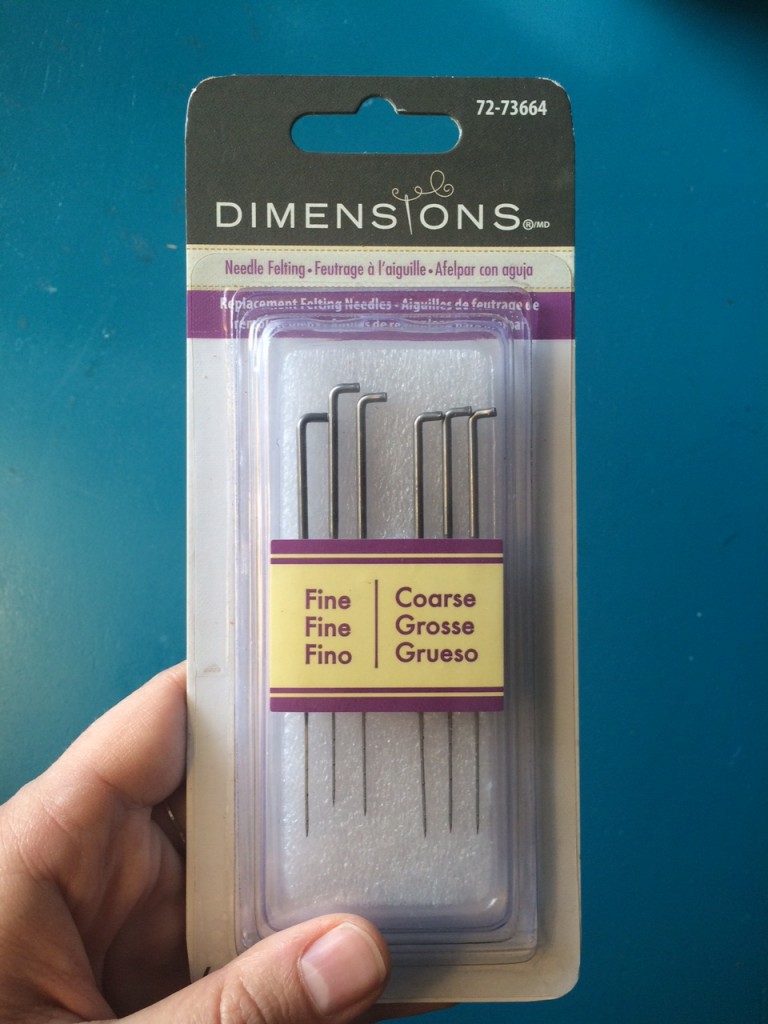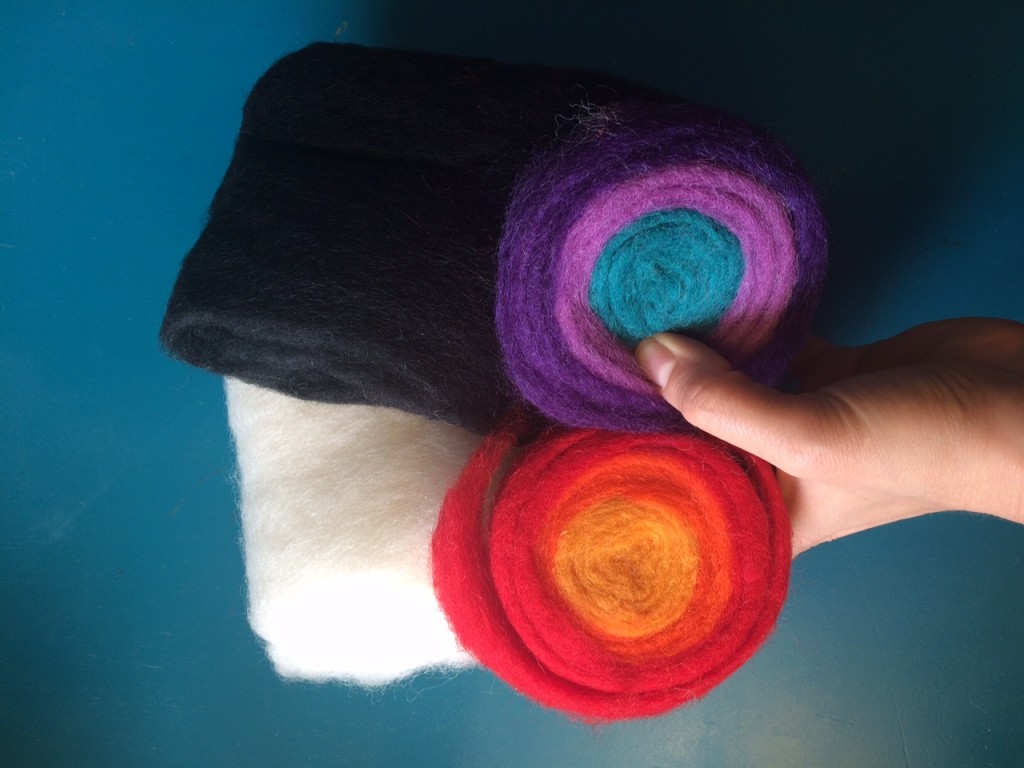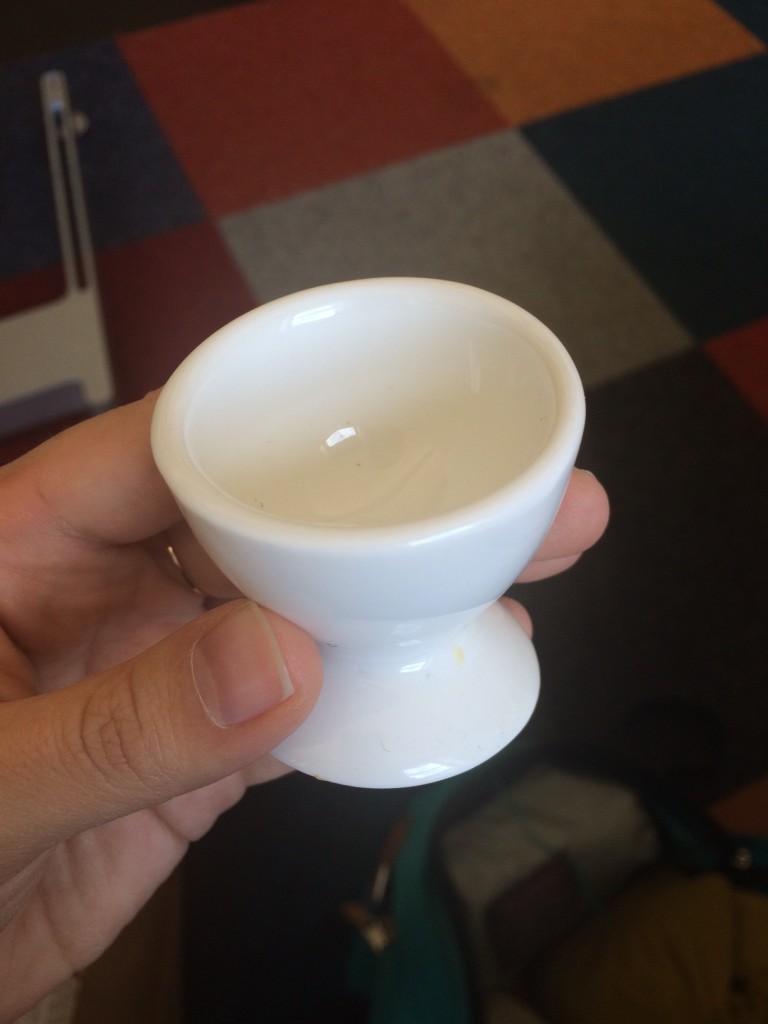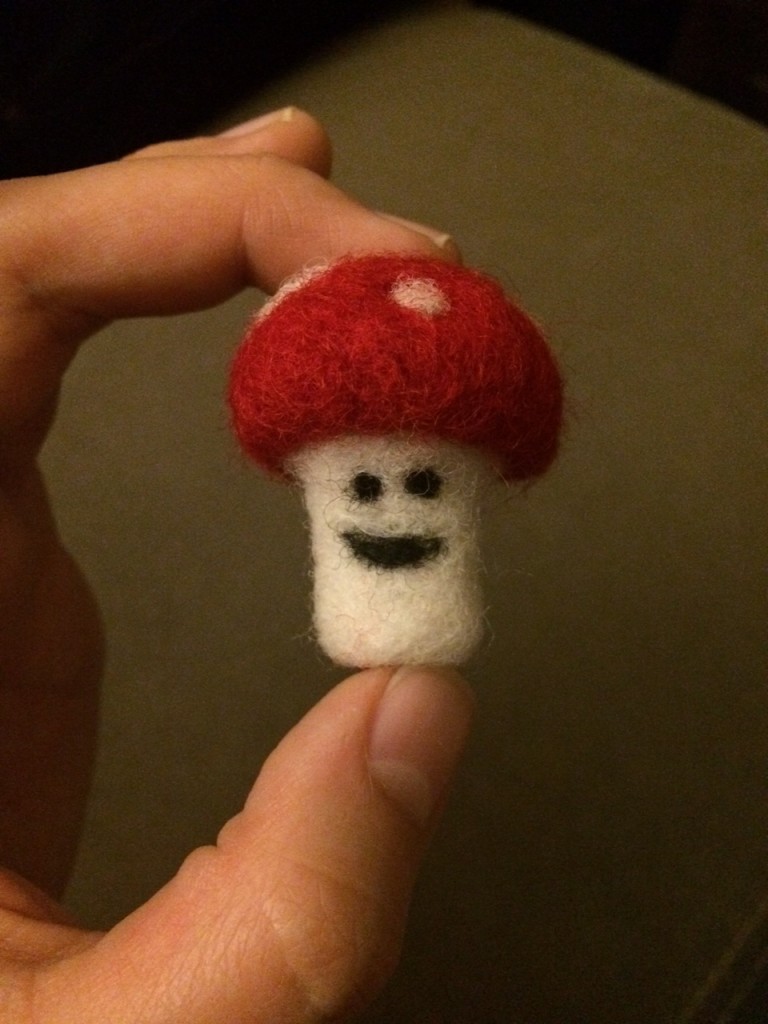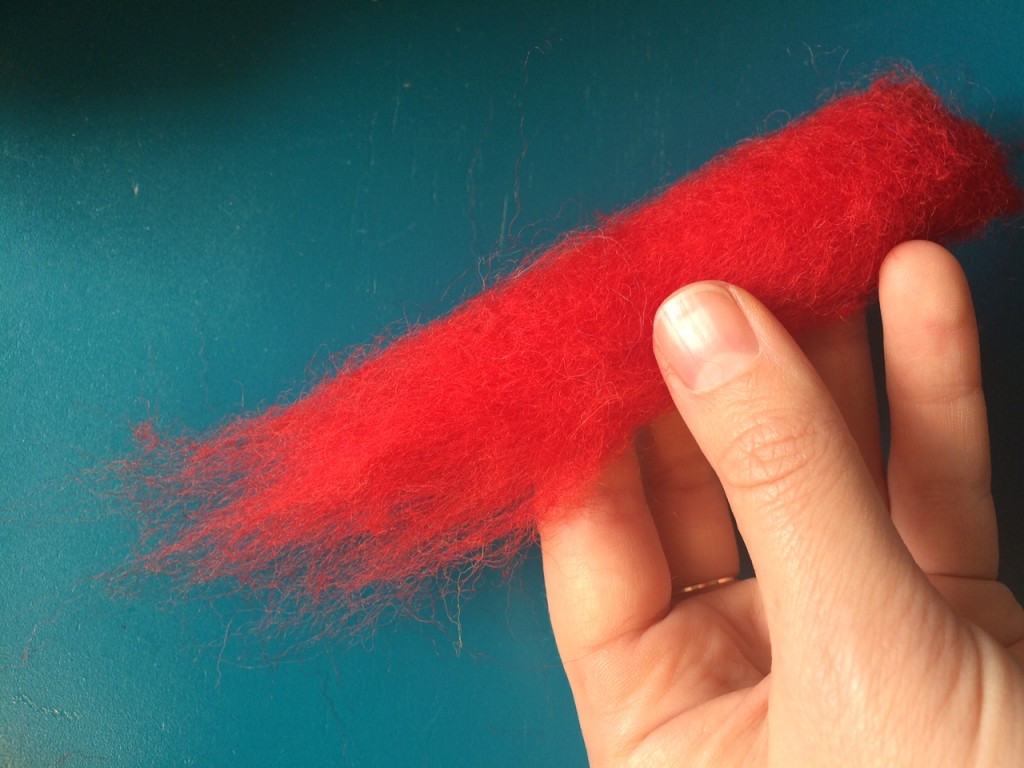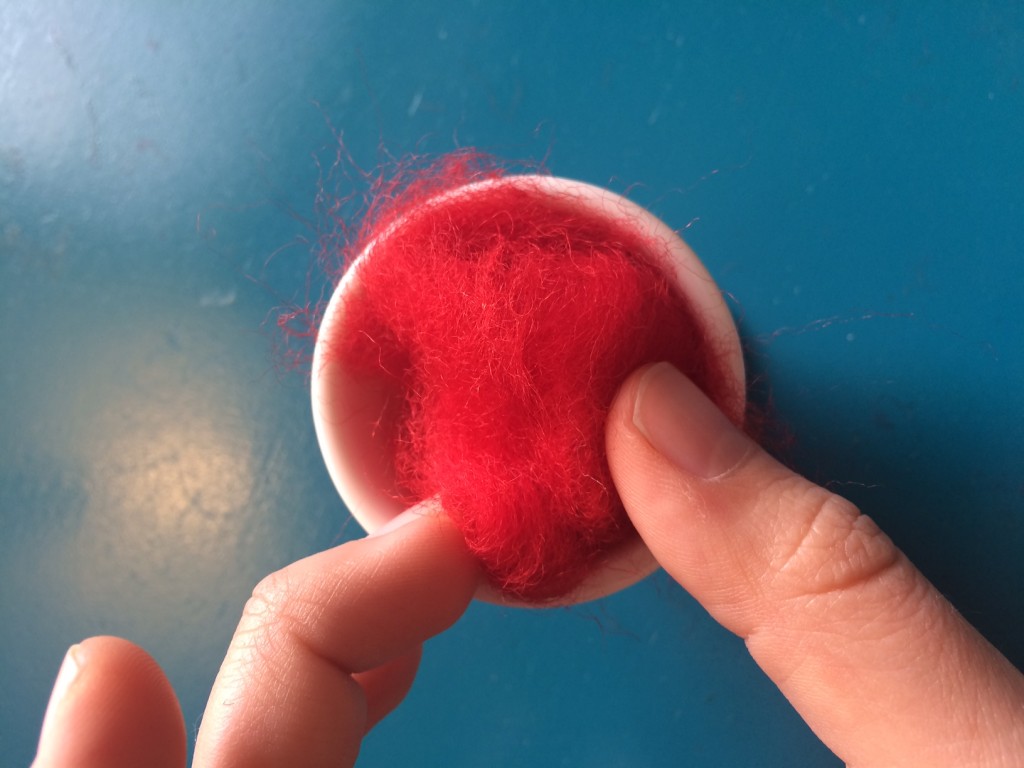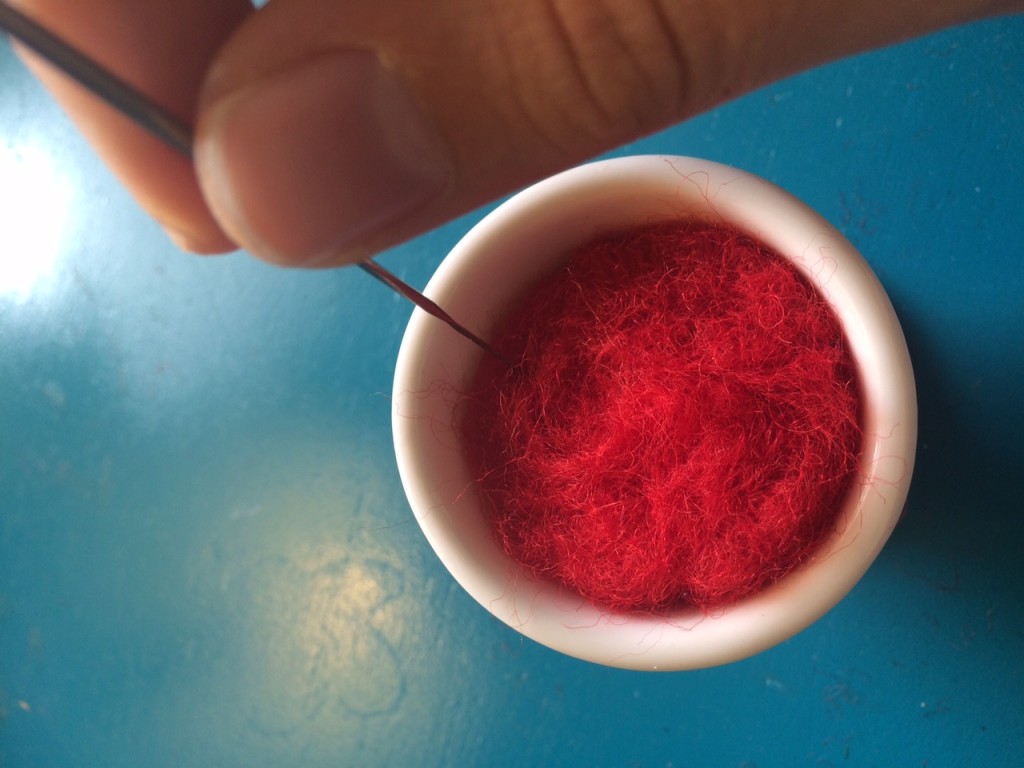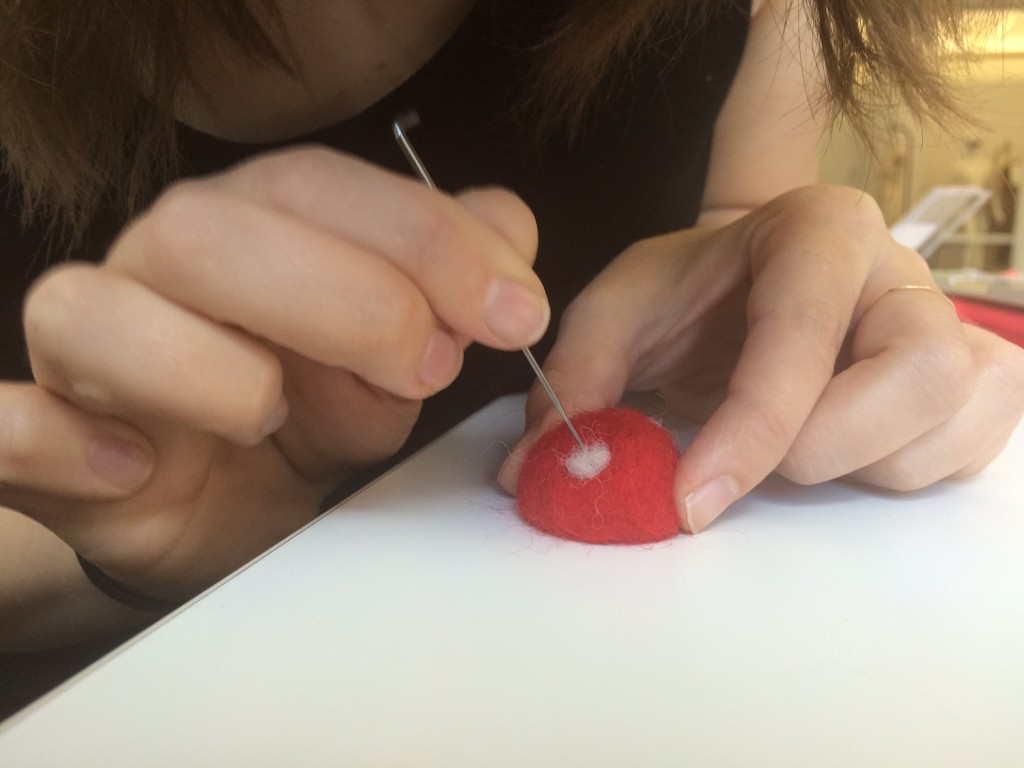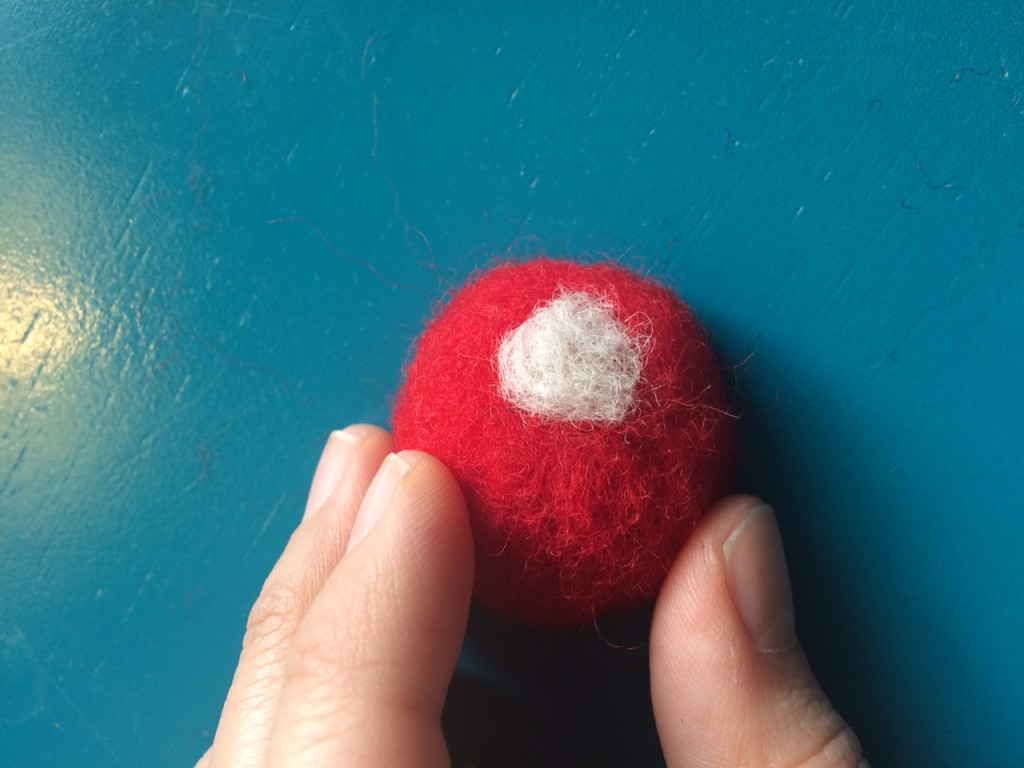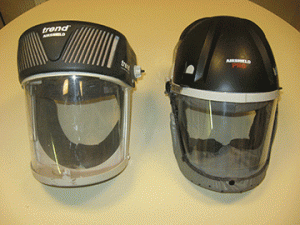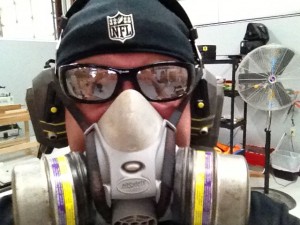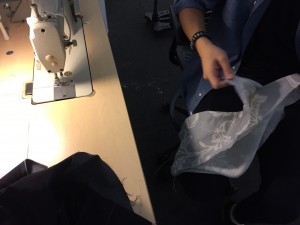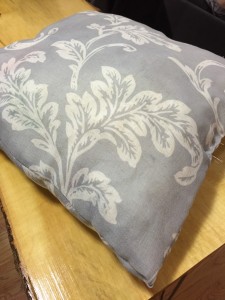I identify myself as
- learner: I’m always ready to learn. Self-development flourishes my life.
- artist: I have painted and drawn for over twenty years and taught art for ten years.
- craftsperson: I became a craftperson when I was 10 years old. I made my own binder with hard cover for my diary many times and gave my friend the covers for their birthday. At the first work, I wasn’t saticfied with my cover, because it wasn’t a good looking. Through trials and errors I made better quality covers.
- maker: I have a huge tool box in my hometown. I wish I can bring it to here. I enjoy cooking. I care process of cooking, taste and presentation of food. When I have homework I try different methods to fufill the assignment by making something to show.
- designer, researcher : I majored in product design. I made furniture and products in college years. It was really fun and rewarding when I saw finished work and used them! but physically I was really worn out. Research is the integral method that help rationalize your design. I am not a good researcher but I try to be. I’m in a moment of flow whenever I paint and draw, and make something.
- What is your favorite tool and why? Pens and pencils. I love drawing with thin and thick lines becasue it gives me a sense of freedom of expression and a feeling of contentment like from the article what people feel when crafting something. I can own and reinforce the memory of the moment that I captured. That’s why I have drawn and painted over twenty years.
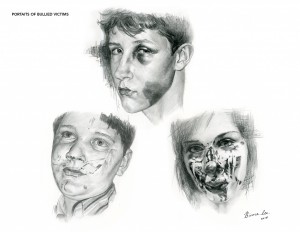
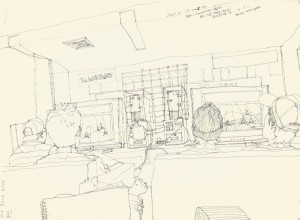
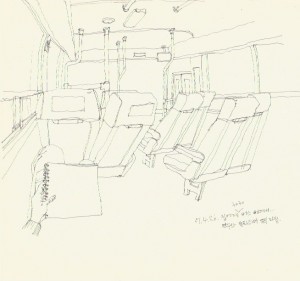 Reflect on your experience learning a new craft (both independently and from other people in class) and teaching it to other people : I absorb a new craft well either indepentently or from other people. It is dynamic between other people and I is what shapes my disposition to learn a new craft. Interacting with others helps me learn better and faster because I use a sense of hearing and sight while looking at what other people do. Also, I can ask questions when I am stuck with some part. I can get constructive feedbacks and more information from other people who have more experience than me. I absolutly learn a new skill better when I teach it to others. As I teach people a new skill, I have to be knowledgeable with it so as to give the best instruction to them. Later, because of the effort to deliver it, the skill become a part of me.
Reflect on your experience learning a new craft (both independently and from other people in class) and teaching it to other people : I absorb a new craft well either indepentently or from other people. It is dynamic between other people and I is what shapes my disposition to learn a new craft. Interacting with others helps me learn better and faster because I use a sense of hearing and sight while looking at what other people do. Also, I can ask questions when I am stuck with some part. I can get constructive feedbacks and more information from other people who have more experience than me. I absolutly learn a new skill better when I teach it to others. As I teach people a new skill, I have to be knowledgeable with it so as to give the best instruction to them. Later, because of the effort to deliver it, the skill become a part of me.- What did you like about the process? I liked the moment when I started making an actual shape, for example, with just a worsted weight yarn and niddle after struggling how to croche for quite a bit of time. “I’m getting there!!”
- What was frustrating? When I repeat the same work that is necessary to master a new skil!!
- What insight did you gain? be patience and persistance then it will pay you off!
